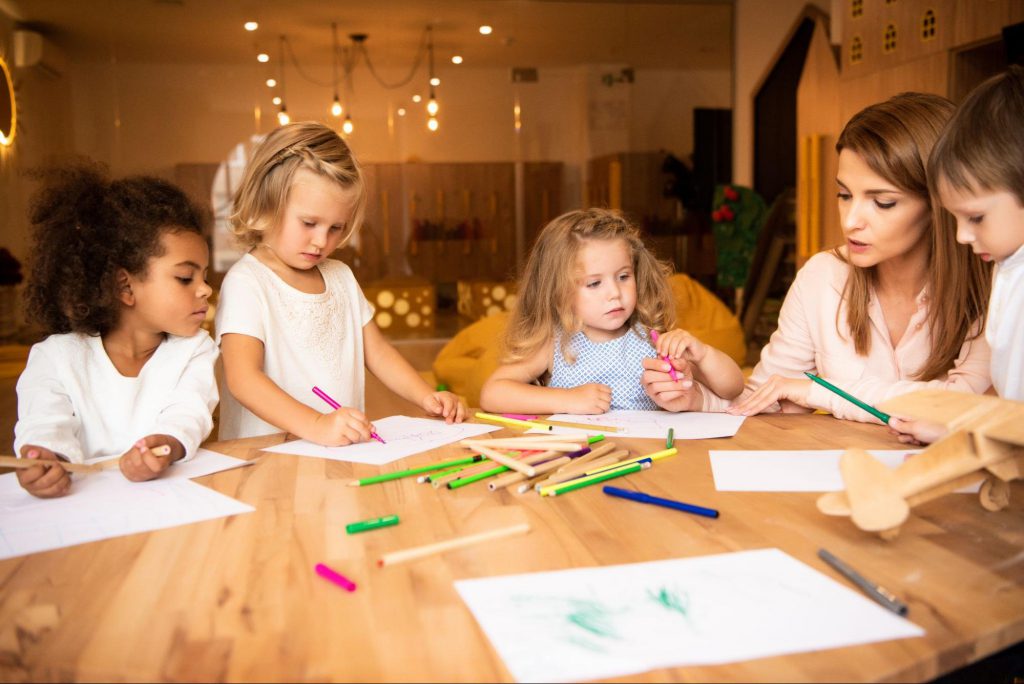What is social-emotional learning (SEL), and how can your child benefit from it? People who’ve developed strong social-emotional skills are better able to cope in many areas of their lives, including academic and social aspects.
As parents, we want to help our kids develop the skills necessary to thrive not only in their childhoods but also well beyond. Social-emotional learning seems to be the answer.
In this article, we’ll share what you need to know about SEL and why social-emotional skills are some of the most important skills that a child will develop. Let’s get started!
What Is Social-Emotional Learning (SEL)
Children aren’t born knowing how to manage their emotions, get along with other people, or cope with stress. If you’ve ever experienced a toddler’s tantrum in the middle of a grocery store, you know exactly what we’re talking about!
But emotions and stress are a normal part of life, and it’s important to develop skills that help us cope with these challenges. This is where social-emotional learning comes in.
SEL helps kids acquire the knowledge, attitude, and skills needed to understand and manage emotions, develop empathy for others, set and accomplish goals, make responsible decisions, and maintain healthy relationships.
SEL helps us lay the foundation for our children to grow into positive, responsible, and self-aware adults.
The 5 Components Of SEL
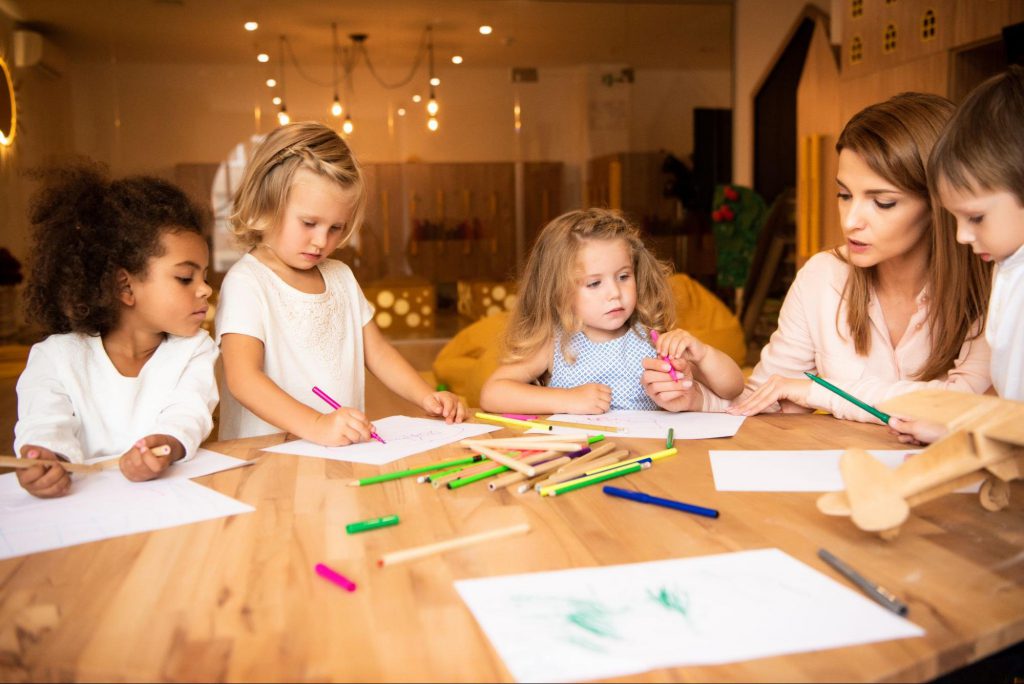
Social-emotional learning is broken up into five key and interrelated areas that are essential for a young child’s development.
1) Self-Awareness
A huge part of self-awareness is introspection — being able to self-reflect and, in the process, honestly assess your strengths and weaknesses.
It also involves monitoring and being aware of your thoughts, beliefs, emotions, and stress levels in any situation.
Without self-awareness, it’s challenging (if not impossible) for someone to learn and grow from their mistakes. SEL helps children develop this essential life skill.
2) Social Awareness
Social awareness gives us the ability to put ourselves in another person’s shoes.
Sometimes that person may be from a completely different culture than ours. It helps us to feel empathy and compassion for them even though we have different backgrounds.
But empathy goes beyond just feeling compassion for people from other cultures; it is needed in everyday interactions, too. It helps kids understand why their friend is crying, why that friend may be hurt or angry, or why they may be silly or happy.
There are over seven billion people on earth, making social awareness an important concept for children to grasp!
3) Impulse Control
Impulse control helps us stop engaging in behaviors that may be harmful to us or the people around us.
Children who struggle with impulse control may have outbursts and often fight with other kids. They may also have a tough time delaying gratification because they haven’t learned how to take control of their emotions and thoughts.
We can refer to this as “self-management,” which can be supported with SEL.
4) Relationship Skills
SEL helps children establish and maintain healthy relationships with others. These skills teach children how to resolve conflicts, communicate effectively, and determine when (and how) to ask for help.
5) Decision-Making
Making good decisions, including prioritizing, is something that many people (including adults) struggle with. It includes weighing your pros and cons, considering your wellbeing and others’, and making sound decisions based on all of this information.
The younger children are when they begin to understand this important skill, the more time they have to develop it before the challenges of adulthood begin.
3 Benefits Of Social-Emotional Learning For Kids
1) More Positive Attitude
Social-emotional learning helps children develop a more positive attitude toward themselves and the people around them. This includes having empathy, confidence, and persistence.
2) Help Navigating Adult Life
While the focus at the moment might be on helping your child have better experiences, SEL skills do not end in childhood.
Children carry these skills well into their adult lives to help them effectively solve challenges they may face in their relationships, friendships, or work. These are all crucial elements of living a healthy and balanced life.
3) Better Grades
It’s now well-known that social-emotional learning positively impacts kids, including their grades. That’s likely because SEL helps children learn how to solve problems, cope with emotional stress, and overcome peer pressure.
While academic performance is not the most important benefit on this list, it’s worth mentioning.
How To Approach Social-Emotional Learning
Now that we’ve shared what SEL is and why it’s essential for children’s development, here’s how to help your child on their journey of social-emotional learning.
1) Be A Role Model
Kids learn best from our actions, not our words. It’s challenging to teach your child how to handle their emotions if you are often highly anxious or stressed.
We recommend making an effort to be more aware of your feelings and handle them in a healthy way. Your child will pick up on your moods and how you deal with them.
2) Incorporate Role-Playing
If you’ve been to therapy (or watched a TV show or film with a therapy session between a couple), you know how common role-playing is in helping resolve conflict.
But it goes beyond just getting people to stop fighting. Role-playing gives us the opportunity to understand another person’s rationale (something that’s difficult in the middle of an argument) and why they may have said or done what they did.
3) Have Conversations
A huge part of developing social skills is the ability to verbally communicate your thoughts and feelings. You can help your child learn to do that.
Did they recently visit their grandparents or have a sleepover at their cousin’s house? Consider asking them:
- What did you do while there?
- What was the best part?
- Was there a worst part?
- What made you happy?
Be sure to make this a lighthearted conversation, not an interview. The goal is to create a safe space where everyone can express themselves with no judgments.
At first, your child might not know how to express themselves or answer these questions thoroughly. That’s OK! With a bit of time and encouragement, they’ll get there.
4) Set Goals
Setting goals and working toward them can help your child continue developing their SEL skills.
Ideally, you’ll want to set aside some time at the beginning of a new year, over summer vacation, or before a birthday to set goals.
During the process, help your child think about what they would like to achieve, making sure it’s something realistic but exciting. Throughout the year (or whatever time frame you’ve chosen), help them chart their progress.
Some examples of SEL goals might be:
Learning to take a time out when they’re upset
Using words to express how they feel
Thinking of new ways to show others they are concerned about them
5) Practice Working In Pairs
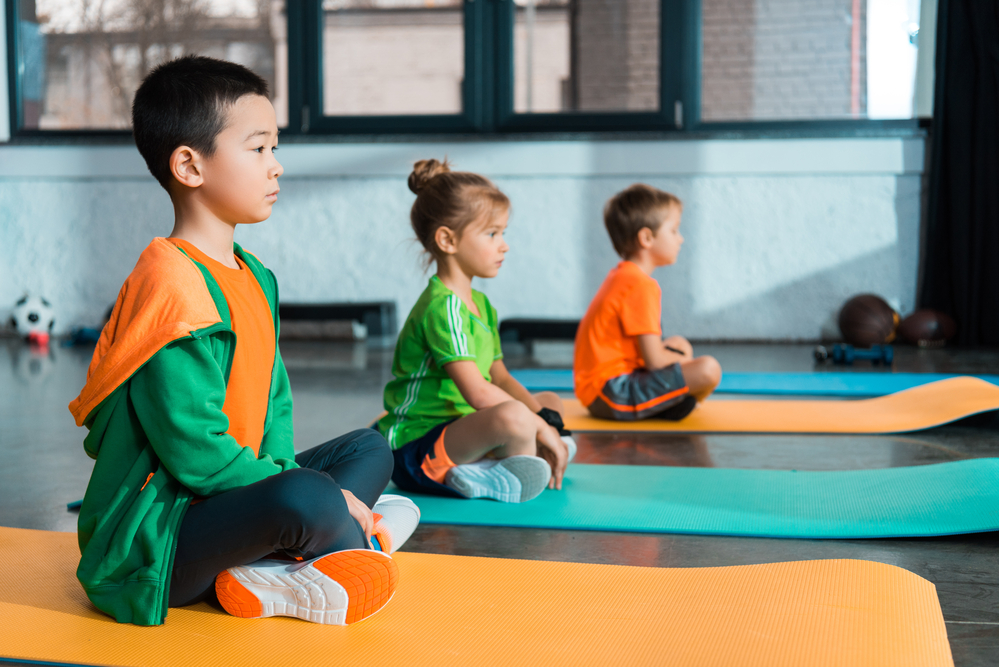
Your child will work in teams not just in school but also as an adult. Help them develop the ability to work with others from a young age.
For instance, when it’s cleaning time, you can work together to sort laundry or straighten up a room. You might also consider teaming up to make a special gift for someone.
Additionally, if your child is of reading age, you can take turns reading alternating paragraphs or pages when you read together. If you have multiple children, they can share the book while you monitor the situation.
Another great opportunity to practice teamwork is when young children have a playdate. Plan activities that would require both children to work together, such as cooking a meal, drawing together, playing dress-up, or making a fort under a table.
6) Consider The Perspective Of Others
Considering the perspective of other people helps us all further develop our empathy. How can we teach this to kids?
One of the easiest ways is to incorporate social-emotional learning during storytime. After reading a book, you might ask your child how they think a character felt or why that character took certain actions.
You can also use everyday situations to help your child learn how to understand the perspective of others.
For example:
- Look at how unhappy Chrissy was when kids made fun of her name. I think her face looked like this (make an unhappy face). I hope she feels happy again soon.
- (On another day) Look how happy Chrissy seems now! Can you show me your happy face?
Now that you understand what SEL is and how important it is for your child’s healthy growth and development, we’d like to share activities that can build your child’s social-emotional skills at home.
7 SEL Activities For Your Child To Try At Home
1) Letter To A Loved One
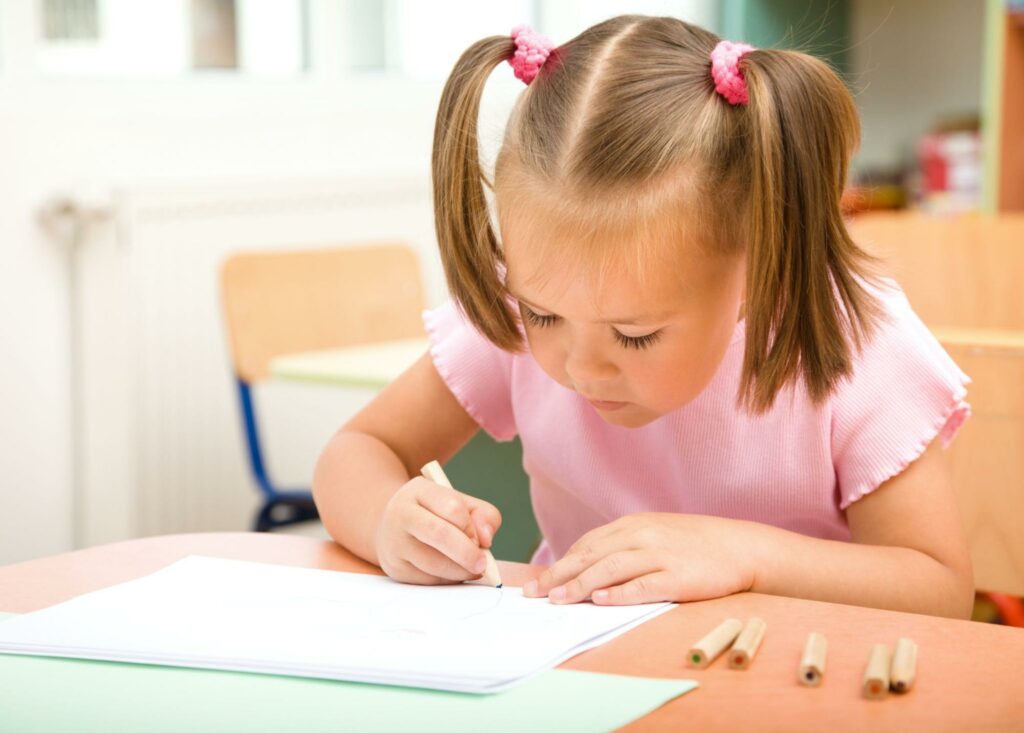
What You’ll Need:
- A blank sheet of paper
- A pen
- Crayons
What To Do:
To complete this activity, encourage your child to write a letter to anyone they wish — mom, dad, sister, brother, grandpa, or grandma. It doesn’t matter who they choose.
The goal is to help them think through how they feel about a particular person in their life and show appreciation for them by using their words.
Your child may not be used to writing letters, so they may need some guidance to get them started. You can ask questions like:
- Whose day would you like to brighten up with a letter?
- What would you like to tell them?
- Who makes you feel really happy?
- What do they do that makes you happy?
- What is special about this person?
- Do you want to ask them any questions?
For younger children who cannot write yet, ask them to tell you what they’d like to say, and then write it down for them. They can then draw pictures on the paper to show those feelings.
Because children are naturally more focused on themselves than others, taking the time to make someone else happy by writing a letter is a great activity to do regularly.
It’s also the perfect opportunity for them to connect with their feelings and learn how to express themselves through written words.
2) Create A Gratitude Journal
What You’ll Need:
- A journal
- Fun items to decorate with (markers, glue, pompoms, glitter, ribbons, etc.)
What To Do:
Having their own journal is really special and fun for kids!
You can buy any type of journal you want for this activity, and then let your child decorate the front and back covers to make it truly their own.
The goal is to have your child get into the habit of writing down what they’re grateful for every day. There’s no right or wrong structure, so they can be thankful for anything from the delicious breakfast they had that morning to getting a good grade on a spelling test.
Journaling offers a multitude of benefits, including:
- Helping improve writing and communication skills
- Keeping track of goals
- Reducing stress and anxiety
- Tracking progress and growth over a period of time
It’s also beneficial for both adults and children alike, and practicing gratitude cultivates an awareness of the positive things in life.
This is valuable for everyone, but it’s an especially important outlet for your child if they are going through a challenging time.
3) Make A To-Do List
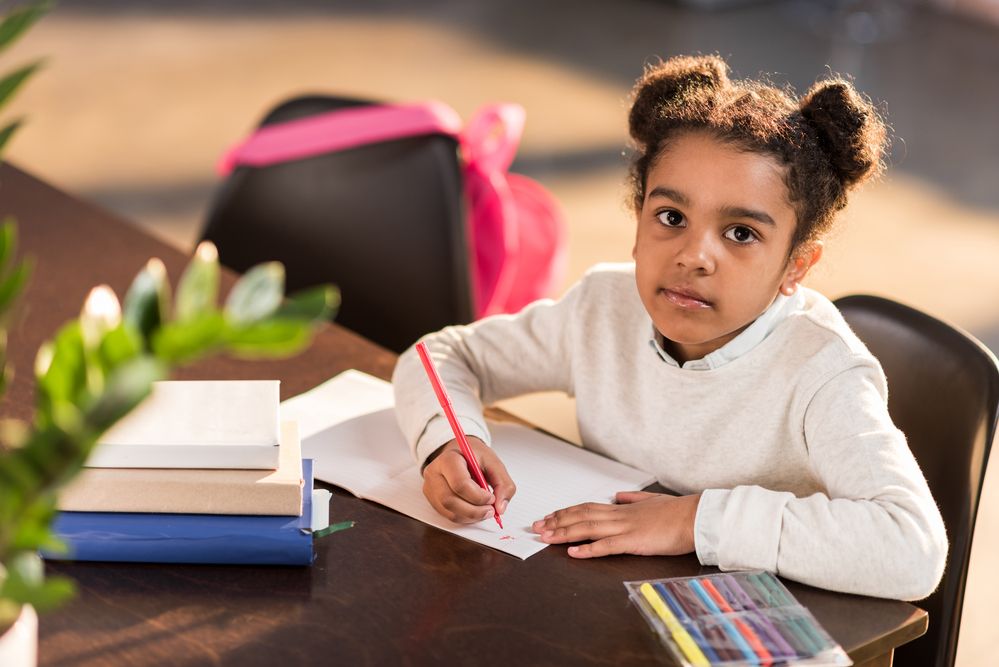
What You’ll Need:
- A blank sheet of paper
- Pencils, pens, or crayons
What To Do:
To-do lists are one way to help kids stay organized, practice self-management and decision-making skills, and generate a sense of safety and predictability.
Walking kids through how to make one themselves is not only great writing practice, but it also helps them think through how to structure and format their words.
Creating a to-do list on their own will likely be challenging in the beginning. But with a little encouragement and assistance, this could become another daily practice in your child’s life.
To get them started, help them think through their day: Today’s going to be a busy day for us. So, let’s take a moment to sit and think about all we need to get done.
At the end of the day, it’s meaningful to reflect on any accomplishments and see what needs to be done tomorrow.
Let’s check off everything you did today. Wow! That’s amazing. What didn’t you get to today? Let’s see if we can make time for that tomorrow.
If your child isn’t yet able to write, they can still participate in this activity by dictating what you should write on the list. You can also encourage them to draw pictures instead of words to represent each list item.
Wherever your child is on their social-emotional journey, this is a creative way to practice structuring thoughts and coming up with the right words to use!
4) Breathing Exercises
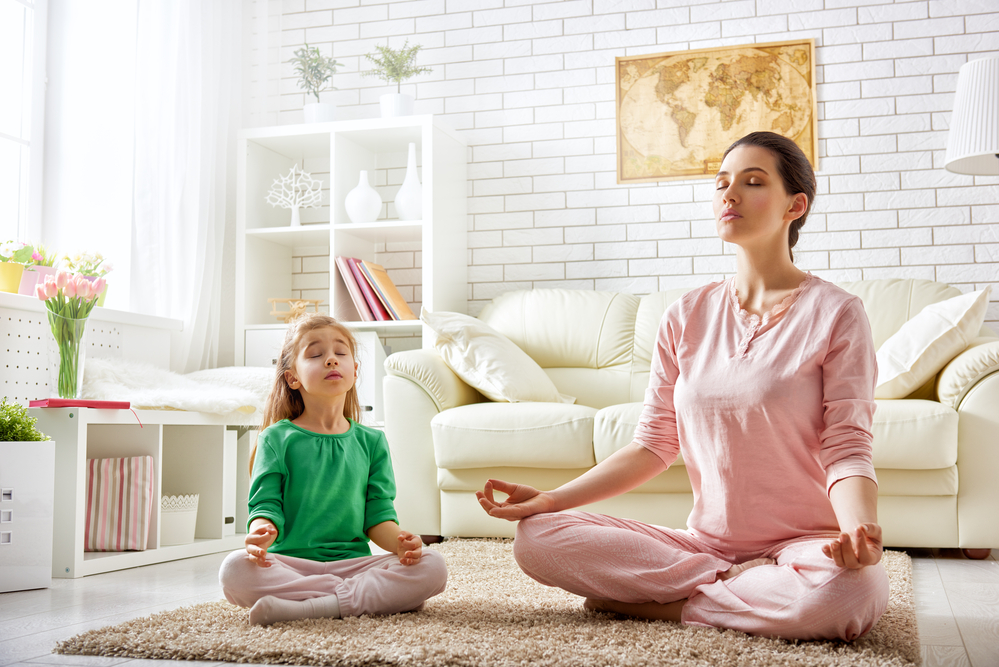
Breathing exercises are often associated with yoga, meditation, and mindfulness. This is because learning to breathe deeply can help you relax, reduce anxiety and stress, and improve blood flow.
But cleansing, structured breathing exercises are closely related to social-emotional skills, so it makes sense to include them in this context, too.
These exercises also don’t require any fancy supplies! When starting this practice with your child, saying “just breathe” may feel random and odd, and they might look at you confused.
Instead, have an idea of which breathing exercises you’d like to try before asking them to participate. Here are some examples:
Belly Breathing
Ask your child to place one hand on their belly and another on their chest. Then, have them breathe in for a count of four, hold for two counts, and breathe out for a count of six.
To get them to really connect with their breathing, encourage your child to focus on their chest and abdomen as they rise and fall with each inhale and exhale.
Teddy Bear Breathing
This exercise will shift the focus away from your child’s abdomen and chest and toward their teddy bear instead.
To start, ask them to lie down and place their favorite teddy bear on their belly. Then, as they breathe in and out, have them focus on the movement of their teddy bear going up and down.
Mindful Breathing
Before implementing this technique, find a relevant phrase (or phrases) that your child can repeat over and over. This is a key part of mindful breathing because it connects their thoughts with the physical activity of drawing air into their lungs.
For example, before breathing in, they can say, “I am an ocean,” and after breathing out, “I am calm.”
Have them repeat this sequence at least five times before stopping to evaluate how they feel.
5) Identify The Emotion
What You’ll Need:
- Paper plates
- Crayons or colored pencils
What To Do:
Hand your child a stack of paper plates and talk to them about simple emotions, such as sadness, happiness, anger, and fear. Then, assist them in drawing each of these emotions as a face on a paper plate. You could have a happy face, a sad face, and so on.
Feelings can be complicated to explain, so try to use real-life examples to help them grasp the meanings of each emotion as you go through this activity. For example:
- Grandma was in pain, so we had to take her to the hospital. This made me feel sad.
- I ate my favorite flavor of ice cream today. This made me so happy.
- The neighbors made so much noise last night. This made me angry.
You can also use these paper plates for different scenarios. For instance, while reading a story to your child, ask them, “How do you think the character feels right now?” And have your child select the plate with the emotion they’re thinking of.
Or, if you notice that your child is particularly quiet one day, you can use this as a quick check-in by asking them to show you the emotion they are feeling.
This activity helps kids learn about different emotions while encouraging social and self-awareness.
6) Create A Story Together
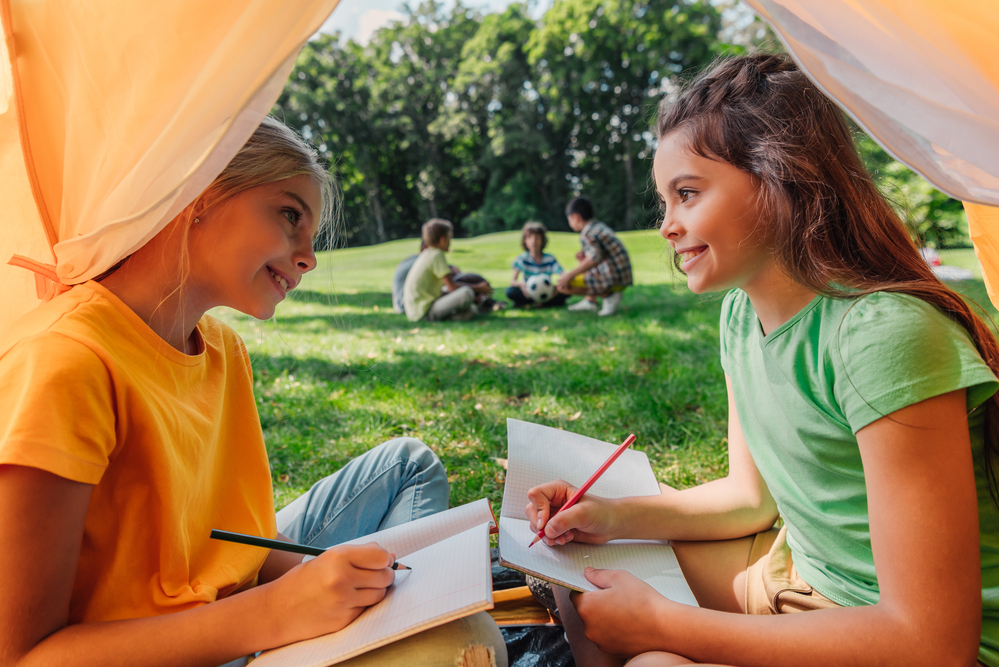
What You’ll Need:
- Blank sheets of paper
- A pencil
- Crayons or coloring pencils
What To Do:
This is the perfect activity if you have multiple children or if some of their friends or cousins are visiting.
Start with a story prompt like, “Once upon a time…” Then, have the first child write a sentence of the story on a sheet of paper. Next, pass the paper to another child and have them add their own sentence. Continue passing the paper to each participant until the story is complete!
Once you’re done, read the story aloud together and encourage your young authors to express how they feel about the story:
- What was the best part of the story?
- What was the saddest part?
- How did the story make you feel?
Creating a story together is an excellent way for children to learn how to work together to achieve a goal. The combining of different thoughts and ideas also develops comprehension and attention-related skills.
7) Compliment Circle
Start by asking all participants to sit in a circle. Then, have each person give a compliment to the person to their right.
These compliments can be anything, such as:
- You make the best mac and cheese.
- You worked so hard on your drawing.
- You are so generous in sharing your toys.
- You were so kind to Grandma today.
Any compliment your child gives is fine, but try to model examples of compliments that are not related to physical characteristics so that they will learn to compliment others on more fundamental things.
After one round, change directions and go the other way (e.g., compliment the person to your left).
This is a fun and creative way to share thoughts and is especially helpful if you have multiple children who are struggling to get along.
While it’s natural for siblings to have their ups and downs, we want to foster an environment where they choose to respect, love, and be kind to each other. This is also why we recommend having an adult in the room to facilitate the activity and monitor the comments being said.
By using a compliment circle activity, children learn that they can lift another person’s mood by being kind, and it teaches kids how to both give and receive compliments.
Set Your Child Up For Social-Emotional Success
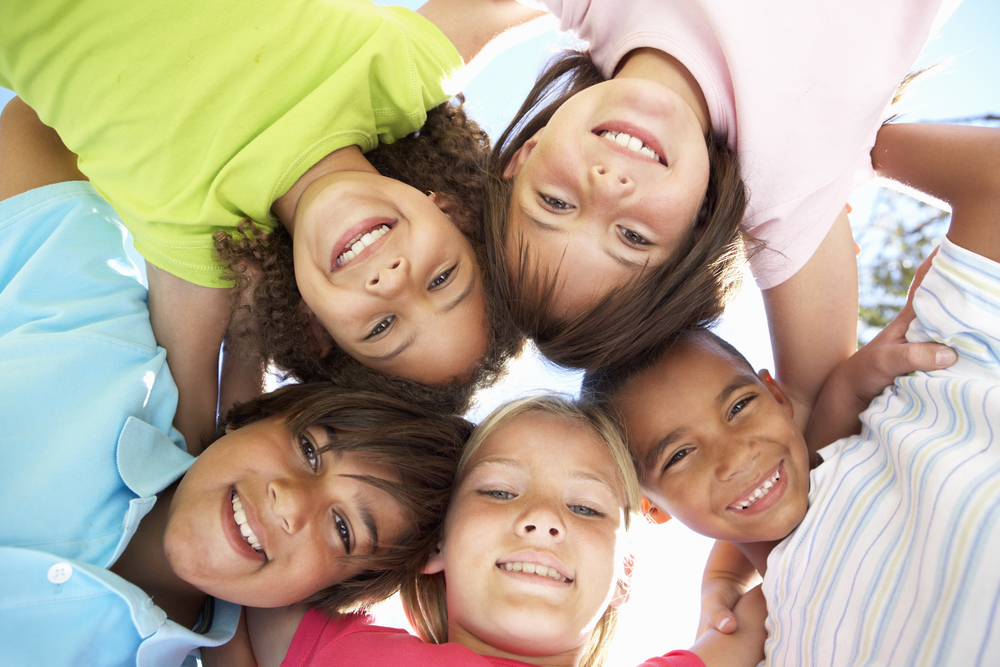
Social-emotional learning benefits children in many ways, both now and in the future. It helps them understand their actions, the actions of others, and how to make sense of it all.
While it might take time to develop, SEL is definitely worth starting in childhood as it will help to ensure that our children become well-rounded, emotionally mature adults.
For more ideas on helping your child develop social-emotional learning skills, check out our HOMER Explore Feelings Kit. Learning these skills through play helps kids practice for real life!
,


